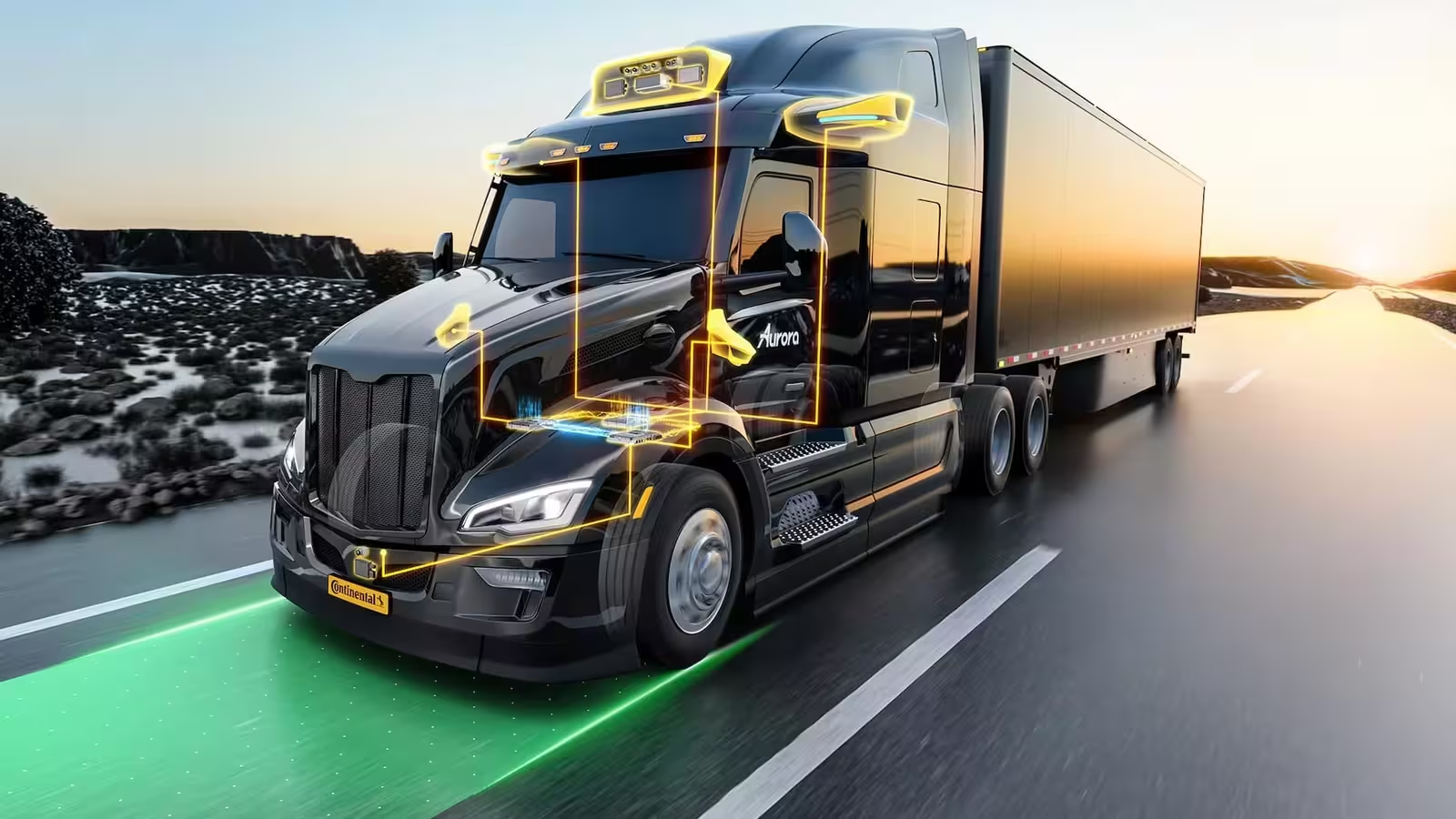4 Minutes
Revolutionizing Freight Transport: The America Drives Act
The future of freight transportation in the United States is taking a major leap forward with the introduction of the America Drives Act—a groundbreaking bill seeking to unify how self-driving, autonomous trucks operate across the country. Recently introduced in the House of Representatives by Congressman Vince Fong, this legislation aims to establish a standardized, federal framework that would allow autonomous trucks, specifically those equipped with Level 4 and Level 5 autonomy, to traverse state lines freely without the need for human or remote operators.
Navigating the Patchwork of State Laws
Currently, individual state regulations around autonomous commercial vehicles vary wildly, creating confusion and slowing technological adoption. With only 35 states permitting certain types of autonomous truck testing and deployment, inconsistent laws are acting as a brake on innovation, logistics efficiency, and public safety improvements. In stark contrast, regions such as Europe and China are quickly integrating self-driving trucks into their supply chains. Congressman Fong voiced his concerns about the U.S. falling behind, emphasizing that fragmented state laws create obstacles for the country’s economic and transportation growth.
Establishing Nationwide Safety and Performance Guidelines
The America Drives Act—formally titled the Autonomous Mobility Ensuring Regulation, Innovation, Commerce, and Advancement Driving Reliability in Vehicle Efficiency and Safety—would grant the Department of Transportation (DOT) the authority to set clear standards for automated driving systems (ADS) in large commercial vehicles. If passed, the DOT would be tasked with updating ADS regulations by 2027, reflecting the unique needs and capabilities of autonomous trucks that don’t require breaks, sleep, or drug testing.
Autonomous Truck Specifications & Performance Advantages
Autonomous trucks, particularly at Level 4 and Level 5 autonomy, utilize state-of-the-art sensors, AI-driven navigation systems, and advanced vehicle-to-infrastructure communication technologies. These trucks are designed to operate without human intervention on approved routes, handling everything from routing to obstacle detection. Among their primary advantages are:
- 24/7 Operation: Driverless trucks are not subject to the Hours of Service (HOS) restrictions that limit human drivers, allowing non-stop logistics and quicker delivery times.
- Enhanced Safety: Machine learning and real-time analytics help avoid human errors caused by fatigue or distraction.
- Optimized Fuel Efficiency: Advanced drive algorithms continuously optimize speed and navigation, reducing overall fuel consumption and emissions.
Labor Shortage and Economic Impact
The rise of autonomous trucks could address the chronic driver shortages long cited by the logistics sector. High turnover rates, especially among first-year drivers, have left companies scrambling to fill jobs. While some argue that the root cause is inadequate pay and workplace conditions, automation could effectively resolve labor gaps, particularly for lower-paying, less desirable routes.
However, labor unions and industry leaders stress the need for strong job protection measures with the introduction of widespread automation. Teamsters President Sean O’Brien has advocated for a balanced approach—embracing technological efficiencies while safeguarding existing jobs and creating new opportunities through retraining and transition programs.
Market Positioning and Autonomous Tech Comparisons
With global competitors stepping up rapid deployment of self-driving truck fleets, the America Drives Act positions the U.S. as a critical player in the future of smart transportation. By providing a clear, cohesive national policy, the legislation is expected to attract investment, foster innovation, and strengthen the competitive edge of American automakers, logistics firms, and tech companies. Compared to current human-driven trucking, autonomous vehicles promise cost savings, fewer accidents, and improved delivery reliability.
Conclusion
The America Drives Act marks a pivotal step toward nationwide implementation of autonomous trucks, combining advanced vehicle technology with practical policy to modernize America's freight infrastructure. As the bill advances through Congress, its outcome will shape the landscape of commercial transportation for years to come, ensuring that the U.S. keeps pace in the evolving world of driverless vehicles.
Source: carscoops


Leave a Comment